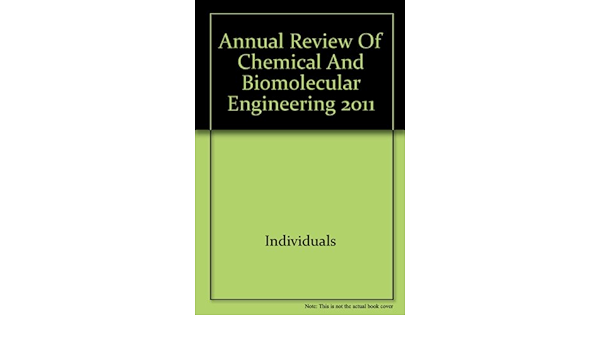Dynamic Covalent Hydrogels for Wound Healing.
IF 12.8
2区 工程技术
Q1 CHEMISTRY, APPLIED
Annual review of chemical and biomolecular engineering
Pub Date : 2025-06-01
Epub Date: 2025-03-11
DOI:10.1146/annurev-chembioeng-082323-093537
引用次数: 0
Abstract
Given their hydrophilic nature, hydrogels have shown great potential as wound dressing materials. However, traditional hydrogel dressing materials are static and do not adapt to dynamic wound environments, which in turn limits their wound healing efficacy. Introducing dynamic covalent chemistries can be an effective strategy to improve hydrogel properties for effective wound healing, such as shape adaptability, stimuli responsiveness, self-healing capability, and antibacterial properties. We discuss the properties and chemistries of dynamic covalent bonds for wound healing. We critically analyze the advances of dynamic covalent hydrogels for wound healing and further propose new dynamic covalent chemistries for wound healing.
动态共价水凝胶用于伤口愈合。
由于其亲水性,水凝胶作为伤口敷料具有很大的潜力。然而,传统的水凝胶敷料是静态的,不适应动态的伤口环境,从而限制了其伤口愈合效果。引入动态共价化学是一种有效的策略,可以提高水凝胶的性能,如形状适应性、刺激反应性、自修复能力和抗菌性能。我们讨论了用于伤口愈合的动态共价键的性质和化学。我们批判性地分析了用于伤口愈合的动态共价水凝胶的进展,并进一步提出了用于伤口愈合的新的动态共价化学。
本文章由计算机程序翻译,如有差异,请以英文原文为准。
求助全文
约1分钟内获得全文
求助全文
来源期刊

Annual review of chemical and biomolecular engineering
CHEMISTRY, APPLIED-ENGINEERING, CHEMICAL
CiteScore
16.00
自引率
0.00%
发文量
25
期刊介绍:
The Annual Review of Chemical and Biomolecular Engineering aims to provide a perspective on the broad field of chemical (and related) engineering. The journal draws from disciplines as diverse as biology, physics, and engineering, with development of chemical products and processes as the unifying theme.
 求助内容:
求助内容: 应助结果提醒方式:
应助结果提醒方式:


